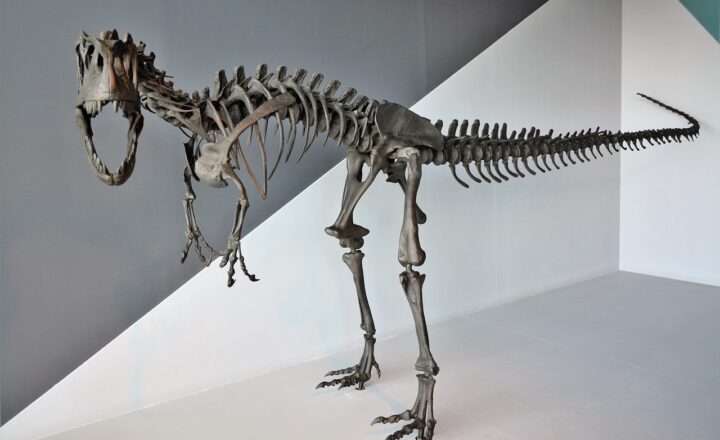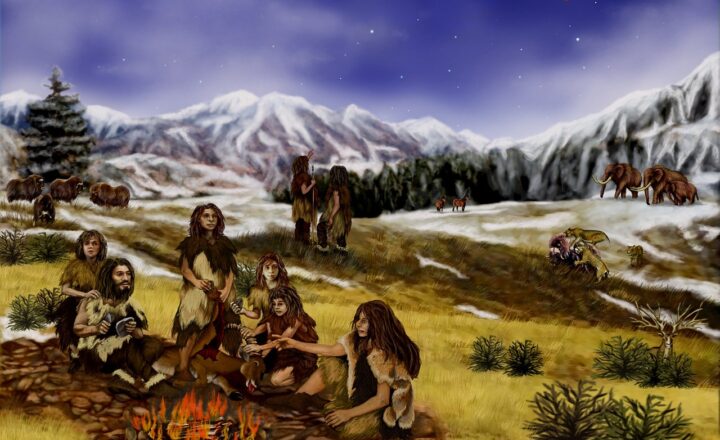The Pleistocene Megafauna: The Giants of the Ice Age and Their Mysterious Extinction
November 14, 2024
The Pleistocene epoch, often dubbed the Ice Age, was a time when colossal creatures roamed the Earth, captivating the imagination of paleontologists and enthusiasts alike. Known as the megafauna, these giants included mammoths, saber-toothed cats, and giant ground sloths, among others. Their presence on the planet not only tells the tale of adaptation and survival over thousands of years but also evokes questions about their mysterious extinction.
1. Understanding the Pleistocene Epoch
The Pleistocene epoch spanned from about 2.6 million years ago to approximately 11,700 years ago. Characterized by repeated glaciations, it saw dramatic changes in climate, resulting in fluctuating environments. This period was significant in shaping not only animal life but also the evolutionary pathways leading to modern species.
2. The Giants of the Ice Age
During the Pleistocene, numerous species of megafauna thrived across various continents. Below are some of the most notable giants:
- Woolly Mammoth: These iconic creatures stood 13 feet tall and were covered in thick fur to withstand the cold. Woolly mammoths roamed northern North America, Europe, and Asia, often traveling in herds and feeding on grasses and shrubs.
- Saber-Toothed Cat (Smilodon): Known for their elongated canines, these fierce predators primarily inhabited the Americas. Smilodon was not just large but also incredibly strong, making it an apex predator in its ecosystem.
- Megaloceros (Irish Elk): This deer-like creature boasted the largest antlers of any known deer, spanning up to 12 feet. Megaloceros thrived in the temperate regions of Europe and Asia, existing side by side with early humans.
- Glyptodon: Resembling a giant armadillo, Glyptodon was a massive, herbivorous mammal that survived in South America. Its armored shell provided effective protection against predators.
- Giant Ground Sloth (Megatherium): These immense herbivores reached sizes comparable to modern elephants and primarily feasted on vegetation in grasslands. Their fossils have been discovered in various locations across the Americas.
These creatures represented a thriving ecosystem that showcased the diversity and adaptability of life during the Ice Age.
3. Factors Leading to Megafauna Extinction
Around 11,700 years ago, many megafauna species mysteriously vanished. Multiple hypotheses have arisen to explain this phenomenon, including:
- Climate Change: As the Earth transitioned from the Ice Age to a warmer climate, habitats changed dramatically. The retreat of glaciers led to shifts in vegetation, which in turn affected food sources for these large mammals. Ecosystems that had thrived for millennia were altered, and many species could not adapt quickly enough to the new conditions.
- Overhunting by Humans: The arrival of modern humans brought significant pressures on megafauna populations. As skilled hunters, humans may have contributed to the decline of these large species through overhunting, developing advanced hunting techniques to capture them effectively.
- Introduced Diseases: It’s also possible that megafauna were susceptible to diseases brought by humans and their domesticated animals. This, combined with hunting pressures and environmental changes, may have led to rapid population declines.
While each of these factors alone could have had devastating effects, it is likely that a combination facilitated the extinction of these magnificent creatures.
4. The Legacy of Megafauna
The extinction of the Pleistocene megafauna offers essential insights into human evolution and environmental changes. As large mammals vanished, many ecosystems shifted, leading to the success of smaller animals and modern species that we recognize today. The extinction has raised important questions regarding conservation and how current human activities may similarly affect Earth’s biodiversity.
In many cultures, these extinct megafauna continue to captivate people’s imaginations, inspiring stories, artwork, and scientific inquiry. Their fossils are continually uncovered, presenting opportunities for research into the past climate, ecosystems, and even human behavior.
5. Conclusion
The Pleistocene megafauna were not just remarkable for their size and diversity; they played critical roles in their ecosystems and were part of the tapestry of life on Earth during a unique climatic period. Understanding their extinction can inform modern conservation efforts as we combat extinction crises driven by climate change and habitat loss. Recognizing the interconnectedness of life and the impacts of our actions will be crucial as we work towards a sustainable future for generations to come.







